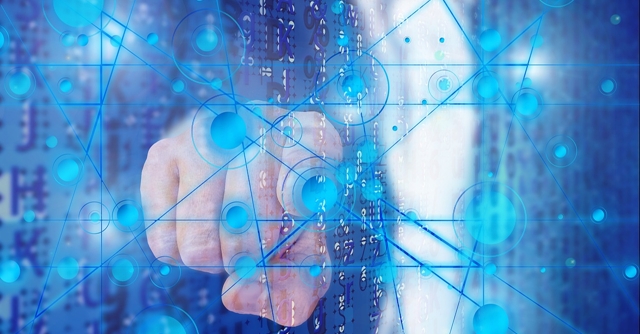
New Delhi, April 9 -- For over a decade, the Internet of Things (IoT) has focused on connecting devices and collecting data. Sensors streamed real-time information from machines, vehicles, retail shelves, and buildings into centralised systems. But now, the question has changed. It's no longer about what's connected; it's about what those devices can do on their own.
The shift towards autonomous, self-optimising systems marks the rise of the Intelligence of Things, where devices are expected not only to sense, but to decide and act.
"We're building a future where machines aren't just connected, they're thinking right alongside us," said Manish Jha, CTO at Addverb. "That means fewer delays, less pressure on bandwidth, and operations that adapt in real time."
Three Phases of IoT: Visibility, Insight, Autonomy
Enterprise adoption of IoT has moved through three clear stages. The first, spanning roughly 2010-2015, was about visibility, deploying sensors to understand operations. The second phase, from 2015 onwards, brought cloud dashboards and analytics to contextualise that data.
Now, in the third phase, devices are gaining autonomy. Powered by edge computing and AI, they process information locally and trigger actions without routing data to centralised platforms. This shift is reducing latency, lowering bandwidth costs, and making operations more responsive.
"We refer to this combination of Artificial Intelligence (AI) and IoT as AIoT," said Ashish P. Dhakan, MD & CEO, Prama Hikvision India. "It's about solving real-world problems by enhancing systems to not just see, but to understand and respond."
From Monitoring to Machine-Led Decisions
This transformation is particularly visible in sectors like manufacturing, logistics, and critical infrastructure. AI now enables predictive maintenance, dynamic routing, process optimisation, and contextual awareness across physical operations.
"In logistics, our systems now analyse not just vehicle telemetry, but also traffic, weather, and delivery windows, automatically adjusting routes," said Srividya Kannan, Founder & CEO at Avaali. "That's a leap from data collection to real-time orchestration."
In banking, the move towards edge intelligence is reshaping physical customer interactions.
"Devices can now identify and authenticate users from facial and behavioural cues," said Santanu Dutta, Vice President, Central Engagement at Maveric Systems. "This unlocks opportunities like personalised engagement or payment authentication, right at the source."
Implications for Enterprises
For enterprises, this shift isn't just technological; it's operational. Workflows are being redesigned around intelligent systems that can take independent action. Automation is no longer confined to digital processes; it's moving to physical environments. "The conversation has moved beyond IoT dashboards," said Jha of Addverb. "It's about autonomy, about letting machines make decisions on the floor, not waiting for a command from the cloud."
KPMG's Global Tech Report 2024 reinforces this shift. The report suggests that 31% of global enterprises are deploying AI at scale, with many prioritising AIoT use cases such as predictive maintenance, asset optimisation, and intelligent automation.
Enterprise focus is also shifting from proof-of-concept to measurable outcomes, especially in terms of energy efficiency, workforce productivity, and uptime.
Advancements in Edge Devices: Smarter, Smaller, Secure
Enabling this transition are major improvements in edge devices. New processors with onboard AI capabilities allow real-time decision-making without cloud dependence. Power consumption is dropping, while processing capacity increases.
"Advancements in edge computing are key to unlocking the Intelligence of Things," said Dhakan of Hikvision. "From facial recognition to threat detection, we're seeing performance that was once only possible in data centres now happening inside compact edge units."
Security is also becoming native to the edge. Devices can now enforce access, verify data integrity, and ensure privacy compliance as part of their base architecture-especially critical in regulated industries like healthcare and finance.
India's Industrial IoT Landscape
India is quickly aligning with the global move from connected to intelligent infrastructure. Industrial corridors, public transit systems, and smart factories are driving demand for AIoT solutions.
"India's ecosystem is unique, fast-growing and cost-sensitive," said Kannan of Avaali. "Here, the Intelligence of Things can help leapfrog traditional stages by enabling local decision-making and efficiency at scale."
The government's support for initiatives like Smart Cities, Digital India, and Make in India has pushed adoption of industrial IoT platforms in utilities, defence, and logistics.
What's Next
The next step in the Intelligence of Things will be less visible, but more impactful. Systems will self-learn, self-heal, and blend seamlessly into operations.
The future of IoT is no longer about how much data you can collect; it's about what decisions you can make with it, and how fast.
Published by HT Digital Content Services with permission from TechCircle.
